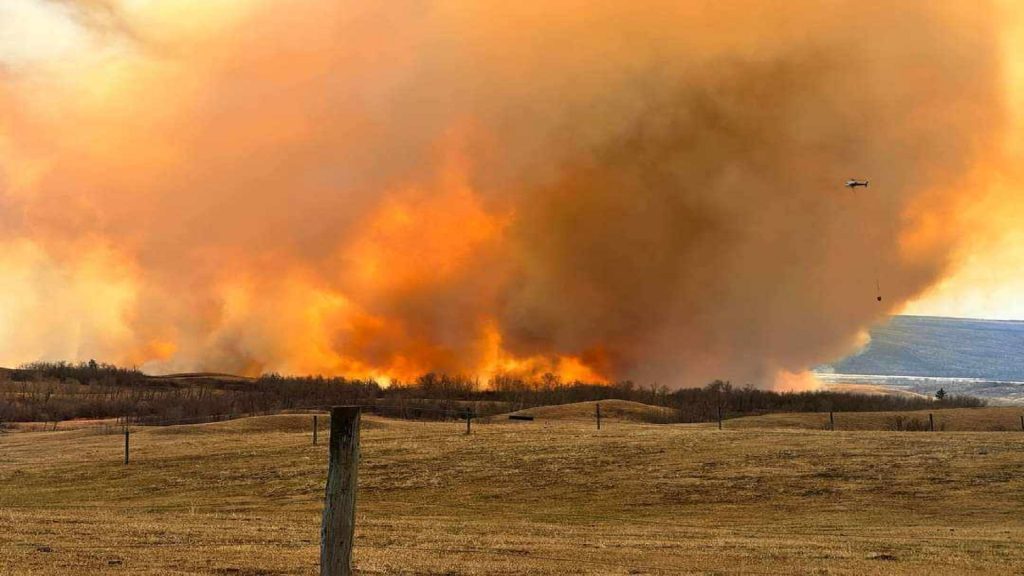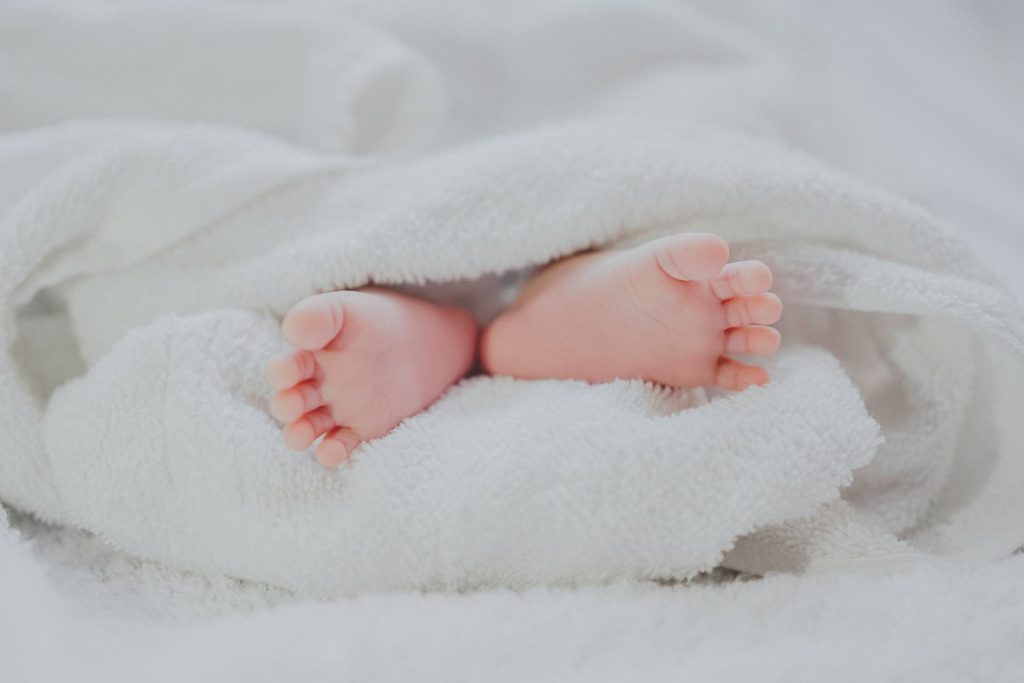Year in review: 22 killed in Canada’s deadliest mass shooting
Posted Dec 27, 2020 7:00 am.
Last Updated Dec 27, 2020 9:20 am.
HALIFAX – Over the span of 13 hours between April 18 and 19, 22 people were killed across 16 crime scenes in several towns in Nova Scotia in what became Canada’s deadliest mass shooting.
The 51-year-old gunman was heavily armed, drove a replica RCMP cruiser, and was dressed, in part, as an officer as he targeted some of his victims and shot others at random.
PREVIOUS COVERAGE: More than 10 killed in Nova Scotia shooting rampage
Investigators believed the killing spree began following a domestic dispute with his common-law partner, who was later charged, along with two others, with supplying ammunition after it was revealed some of the guns were bought illegally and in three cases, smuggled into Canada from the U.S.
RELATED: RCMP offer details about timeline for mass killing in Nova Scotia
More-recently released documents suggested the gunman behind the mass shooting had planned to “get” a pair of people in Halifax during his murderous rampage, but the Mounties were warned by his common-law spouse while he was on the loose north of the city.
The information is contained in partially-redacted RCMP search warrants, which said Halifax Regional Police officers were dispatched to a residence where they provided protection to two people.
No other details were provided, but the suggestion that the killer was headed to Halifax falls in line with the route he was taking.
Among those killed were a teacher, a pair of corrections officers, a pregnant nurse, a retired firefighter, a 17-year-old girl, and an on-duty Mountie.
Despite distancing restrictions due to the pandemic, Canadians have found ways to pay tribute, including piling flowers by roadside memorials, lighting candles, or posting heartfelt musical tributes online.
Vigils were held in several cities across Canada.
In the days following the massacre, Prime Minister Justin Trudeau announced the federal government would be banning a range of assault-style guns, with an order that took effect immediately.
The cabinet order didn’t forbid owning any of 1,500 ‘military-style’ weapons and their variants but it did ban the trade in them.
READ MORE: Trudeau announces ban on 1,500 types of ‘military-style’ guns
At the time, Trudeau said the order would have a two-year amnesty period for current owners, and there will be a compensation program that will require a bill passed in Parliament.
He cited numerous mass shootings, from Ecole Polytechnique in 1989 to the killings in Nova Scotia, as the reasons for the move.
Stricter controls on firearms were a promise in the Liberals’ election campaign platform in the fall of 2019.
After repeated demands from the victims’ families, the federal and provincial governments gave in and a public inquiry was launched to prevent something similar from ever happening again. The inquiry is still underway.
-with files from the Canadian Press, NEWS 1130, and CityNews










